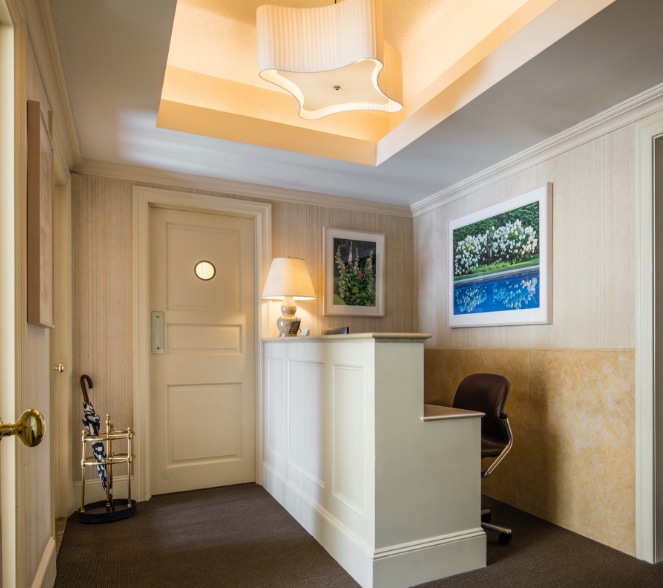What are shaped breast implants?
Shaped breast implants, also known as anatomic or tear-drop implants, have an asymmetric shape with a round base that tapers to a thin top (Figure 1). They are designed to mimic the natural downward slope of the upper breast while providing sufficient volume in their lower portion to enlarge it. These implants are filled with a cohesive silicone gel that is more rigid than that found in round implants. This type of semi-solid gel is the basis for the “form stable” shape of the implants, meaning the shape resists distortion from tissue compressive forces while having a relatively soft consistency to the touch.
Shaped implants are commonly used for breast reconstruction following mastectomy. They are effective for this application because there is no breast tissue left and the thin skin and underlying pectoral muscle lie directly over the implant. This is a quite different scenario than aesthetic breast augmentation.

What is surface texturization and its implications?
Unlike round implants, which are offered in both textured and smooth surfaces, shaped implants are only available with a textured, or “rough” surface. The textured surface provides greater surface resistance that is intended to help prevent implant rotation within the pocket, a known drawback of shaped implants. However textured surface implants are more prone to wrinkles and rippling compared to smooth surface implants. Furthermore, the stiff (form stable) silicone inside the shaped implant combined with its textured surface usually requires a longer skin incision in order to place the implant in the pocket without damaging it. Textured surface may also be associated with the development of a fluid pocket around the implant that can be difficult to treat.
Implant rotation is an issue unique to shaped implants due to their asymmetric shape. Breast symmetry, shape and the overall aesthetic appearance can be compromised if one or both implants rotate inside the pockets. Corrective surgery may be required if this is noticeable, typically replacing the shaped implants with round ones.
What about round implants?
Round implants are the traditional choice for breast augmentation. They produce natural-looking breasts when used properly. Round implants behave similar to shaped implants when in the upright position because the softer filler material settles in the bottom of the implant, leaving less at the top (Figure 2). The round implant also resembles a natural breast shape when lying down, because the implant’s filler material is evenly distributed in this position. In contrast, the tear-drop implant’s asymmetric shape can look less natural when lying down because the filler material is not evenly distributed.

Which implant type is better for you?
There are no studies that document the superiority of shaped implants in a direct comparison with round implants. Claims for improved aesthetics are based on opinion only. In fact, the vast majority of plastic surgeons today use round breast implants for breast augmentation because of their simplicity, lack of potential shaped implant complications, and their long track record of delivering excellent results.




